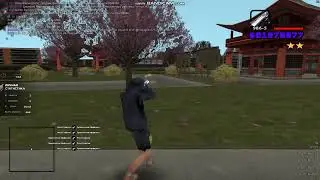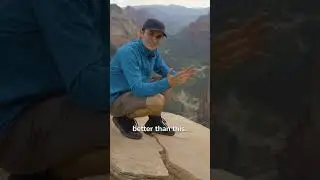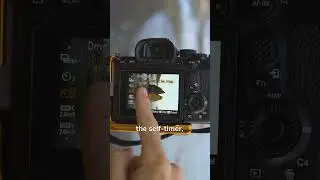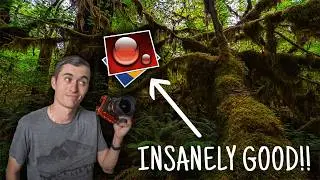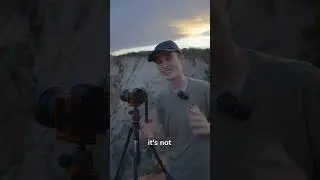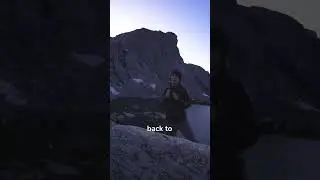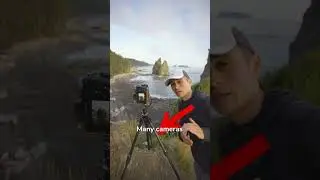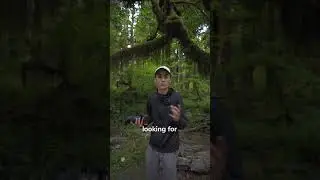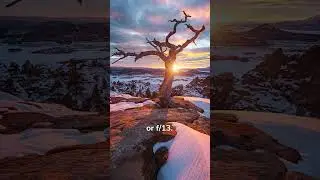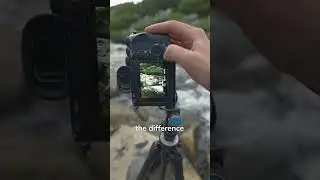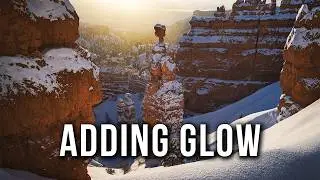The BEST Aperture for Landscape Photography
Adjusting your aperture not only increases or decreases the overall exposure of your image but also affects how the image looks.
Opening your aperture increases background blur and decreases depth of field, helping your subject to stand out from its surroundings. Stopping your aperture down will increase the depth of field.
Landscape photographers usually want the highest depth of field possible. But before you set your aperture to f/22, listen up.
When you stop your aperture down, you can experience diffraction, ultimately resulting in lower image quality. Even though you may have a greater depth of field, you'll leave a lot on the table regarding image quality.
Because of this, many photographers choose to do a focus stack, where you select multiple focus points in your image and then blend the images together in Photoshop to create an image with front-to-back focus. When you do this, you'd think that you would want to select the sharpest aperture on your lens with the least amount of diffraction, which is usually somewhere between f/4 and f/8. This isn't advisable either, because your depth of field is so shallow that it can be difficult to seamlessly blend a focus stack.
Due to all of these factors, I think that f/11 (best balance between depth of field and minimal diffraction) is best for any scene you plan on focus stacking, and your lens' sharpest aperture is the best bet for any scene that doesn't require a focus stack.
Watch video The BEST Aperture for Landscape Photography online, duration hours minute second in high quality that is uploaded to the channel Austin James Jackson 30 July 2024. Share the link to the video on social media so that your subscribers and friends will also watch this video. This video clip has been viewed 36,378 times and liked it 1.8 thousand visitors.



